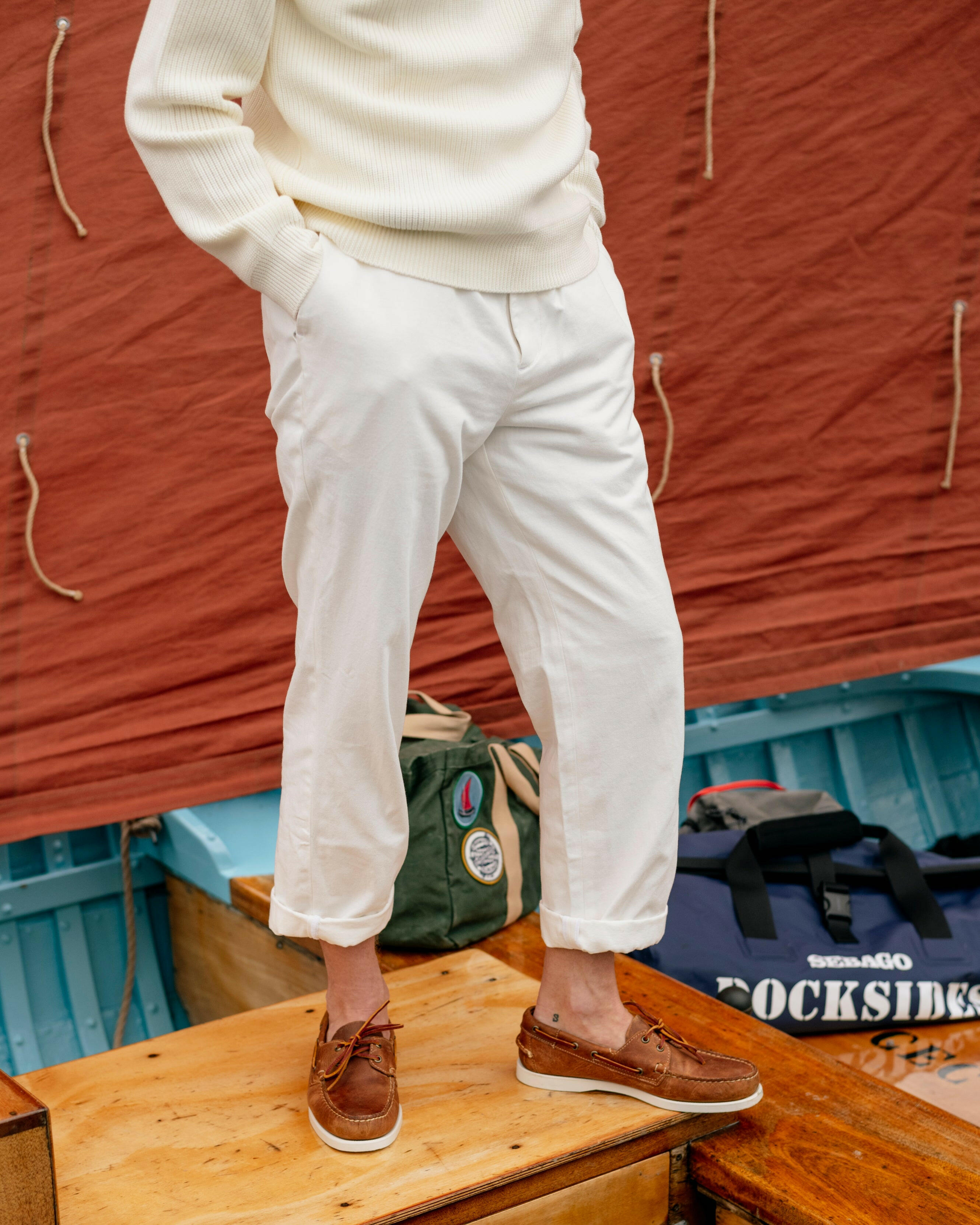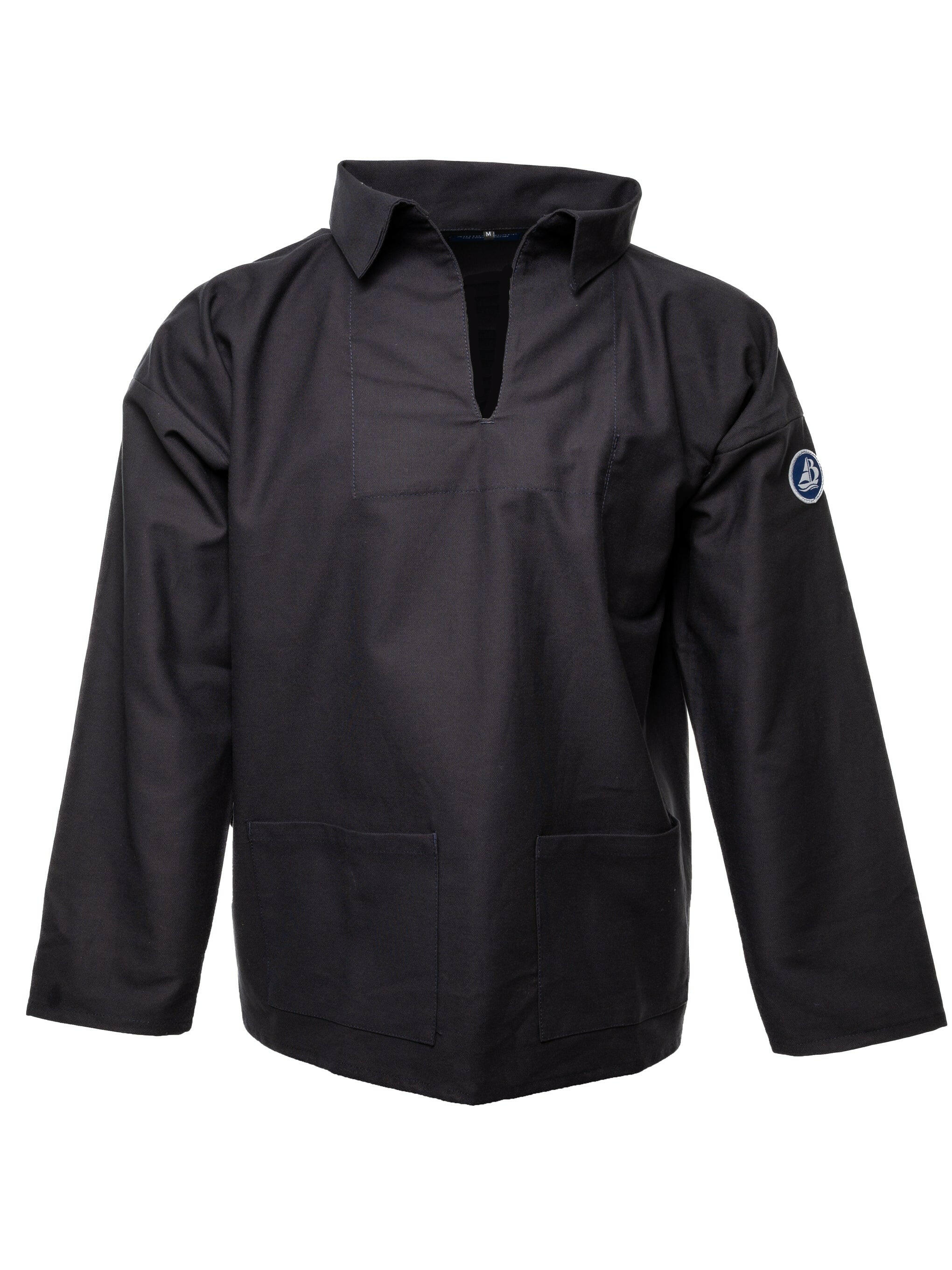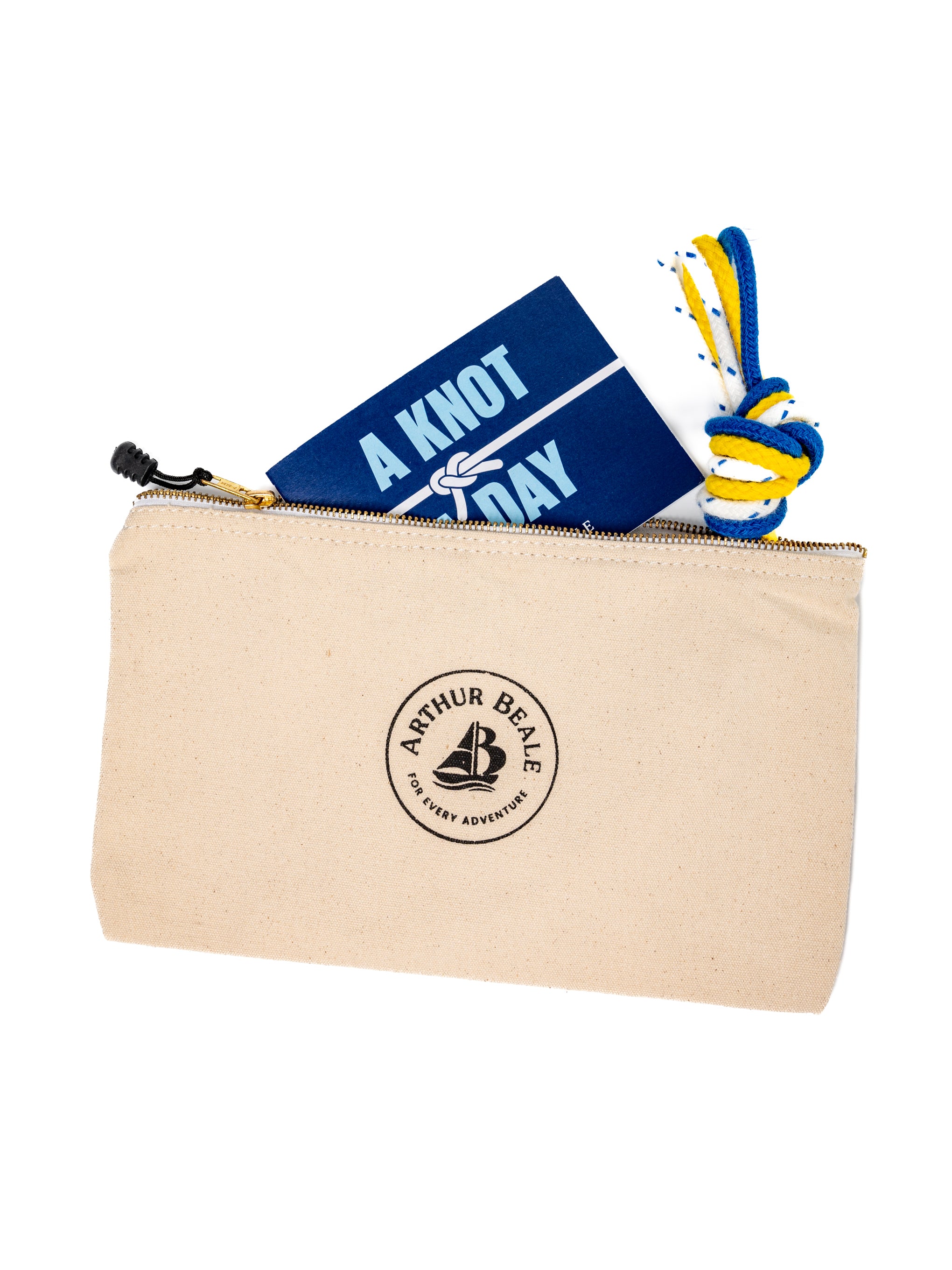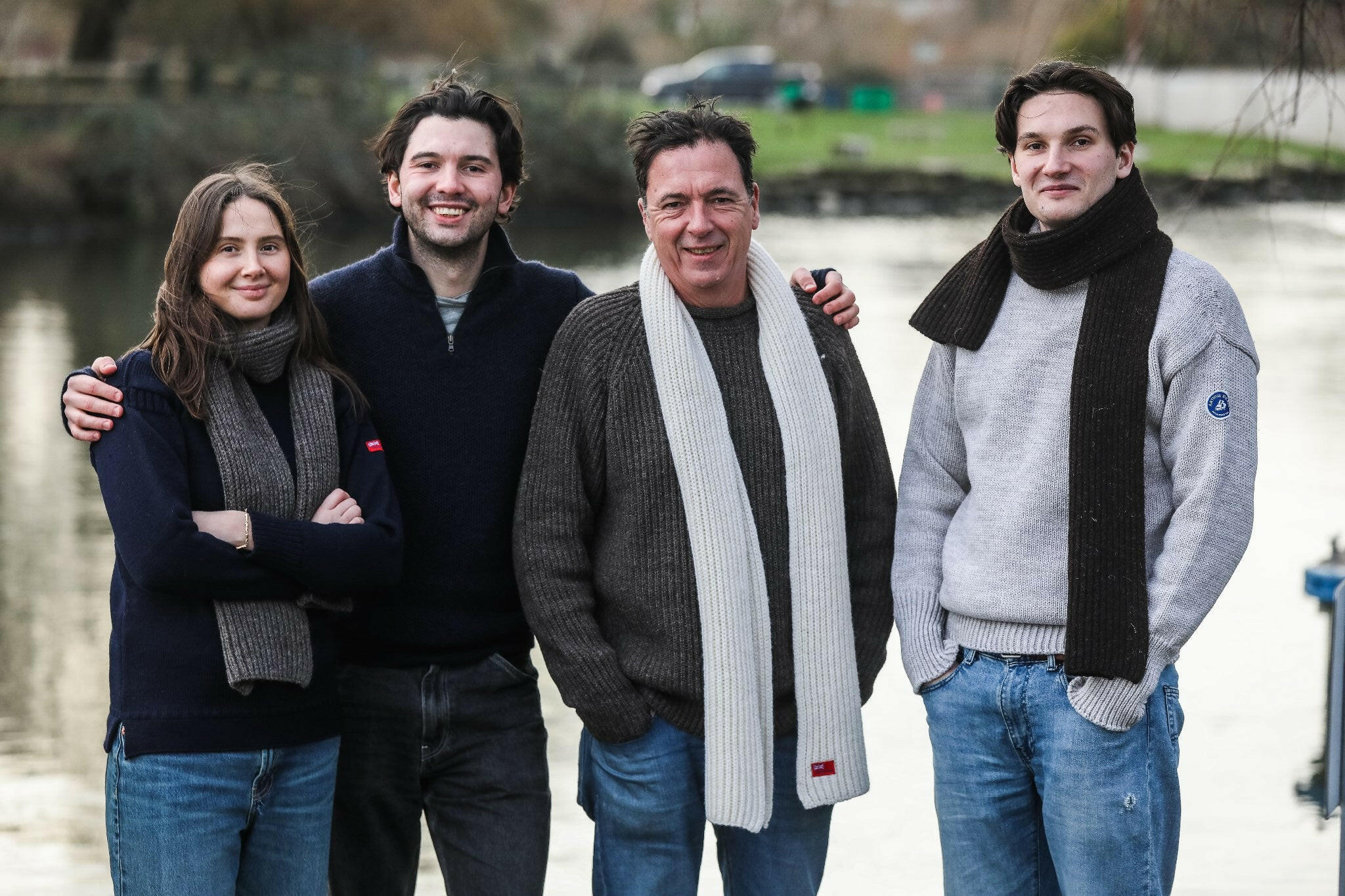
Sir Ernest Shackleton - Lessons from 'The Boss'
“For scientific leadership, give me Scott. For swift and efficient travel, Amundsen. But when you are in a hopeless situation, when there seems no way out, get on your knees and pray for Shackleton.”
These words were written by Sir Raymond Priestley, a distinguished scientist who participated in Antarctic expeditions with both Scott and Shackleton. Priestley’s reflection highlights the unique qualities of these three iconic explorers—each a master of their craft.
Scott's scientific vision, Amundsen's tactical brilliance, and Shackleton’s unparalleled resilience in the face of adversity remind us that true leadership comes in many forms. In the most desperate moments, it's the unwavering spirit of leaders like Shackleton that inspire survival and hope.
They don't call him "the Boss" for nothing... so what can we learn from Sir Ernest Shackleton to apply to our own lives today?

Perhaps the most famous and inspiring story is that of the Endurance expedition. When the Endurance ship became stuck in ice in the Weddel Sea in 1915, a site Shackleton described as "the worst portion of the worst sea in the world", Shackleton and his crew of 27 watched for months from aboard as the ship was slowly crushed by the pressure of ice building up around it. The crew eventually decamped to the pack ice and emptied the ship of all it's supplies and three open lifeboats, just in time before it finally sank in November. Just 20 days later, with a single cry of “She’s going, boys!” Shackleton and his crew watch Endurance sink. What came next became the stuff of legend...

For 5 months the crew drift north on the ice pack. In April, Elephant Island, a bleak and remote island home only to Elephant seals and penguins, appears on the horizon. The crew make use of their three lifeboats and launch themselves into the Southern Ocean, and after several harrowing days at sea, the 28 crew and 3 lifeboats finally land safely on the desolate Elephant Island.
Realising his crew would die unless he searched for help, Shackleton decides himself and five others will sail 800 miles to South Georgia, in a 22 foot boat! After 17 days in stormy seas, they miraculously arrive on the west coast of South Georgia, but it isn’t over yet! They must still tackle the heavy glaciated mountains, never crossed before, in order to reach a whaling station at Stromness on the other side of the island. They trek for 36 hours straight over these unchartered mountains thousands of feet high, until finally arriving at the station. Ernest Shackleton’s ice axe, engraved with “Arthur Beale Shaftesbury Avenue” now sits in the Polar Collection at the National Maritime Museum.

Over the following months, Shackleton organises several unsuccessful rescue missions. Finally in August, Shackleton sets sail aboard a small steamer and manages to rescue the crew, 22 months after they had initially set sail. All 28 survive.
Inspire Optimism
Shackleton believed in his mission and in his team and his optimism was contagious. When the ship became lodged in the sea ice and the crew were marooned, his focus was on safety and survival. Despite the odds stacked against the Endurance crew, he never gave up hope and kept up morale, making sure to instil the belief that they would all make it home. He made sure all the crew were well fed equally (no favouritism or pulling rank here), and after dinner there were singsongs and party games, birthdays were celebrated and the crew once had a full-scale 11-a-side football match on the ice.
Teamwork
Shackleton understood the importance of teamwork, and when facing difficulty, he was intensely loyal to his team and as a result he was given the same support in return. All of the Endurance crew were treated with respect, and when it came to coming together in order to survive, Shackleton made sure to distribute chores and clothing equally whether you were a sailor, a cook, a scientist or a stowaway. Each person was treated with importance and made to feel as if they played a vital role within the team. He knew that individualism in the face of adversity would mean almost certain death, and by encouraging care and respect for each other, he could draw out everyone’s strengths which ultimately led to their survival.
Leading by example
One of the first words that comes to mind when you think of Shackleton would certainly be bravery, and when it came to taking risks, Shackleton would not delegate someone else to undertake these tasks, he would lead by example. The key example of this is when he and just five others undertook what many consider as the most impressive and perilous small boat journey in history, in order to find help and ultimately lead to the full crew’s rescue.
Leave no-one behind
Despite Shackleton himself being safe once achieving rescue from South Georgia, he would not give up until he could rescue all of his crew too. This loyalty is what makes people follow Shackleton on subsequent expeditions and be willing to risk their lives alongside him. They knew that if difficulty struck, Shackleton would be a steadfast and loyal leader. You need only look a few years earlier to the Karluk expedition to the Arctic in 1913, which took place shortly before the Endurance sailed. The leader of Karluk abandoned his men when the ship became trapped in the ice and 11 people died. Under Shackleton’s assured leadership, all 28 men on Endurance survived a terrible ordeal.
What other leaders inspire you? Leave a commend below












Leave a comment
This site is protected by hCaptcha and the hCaptcha Privacy Policy and Terms of Service apply.